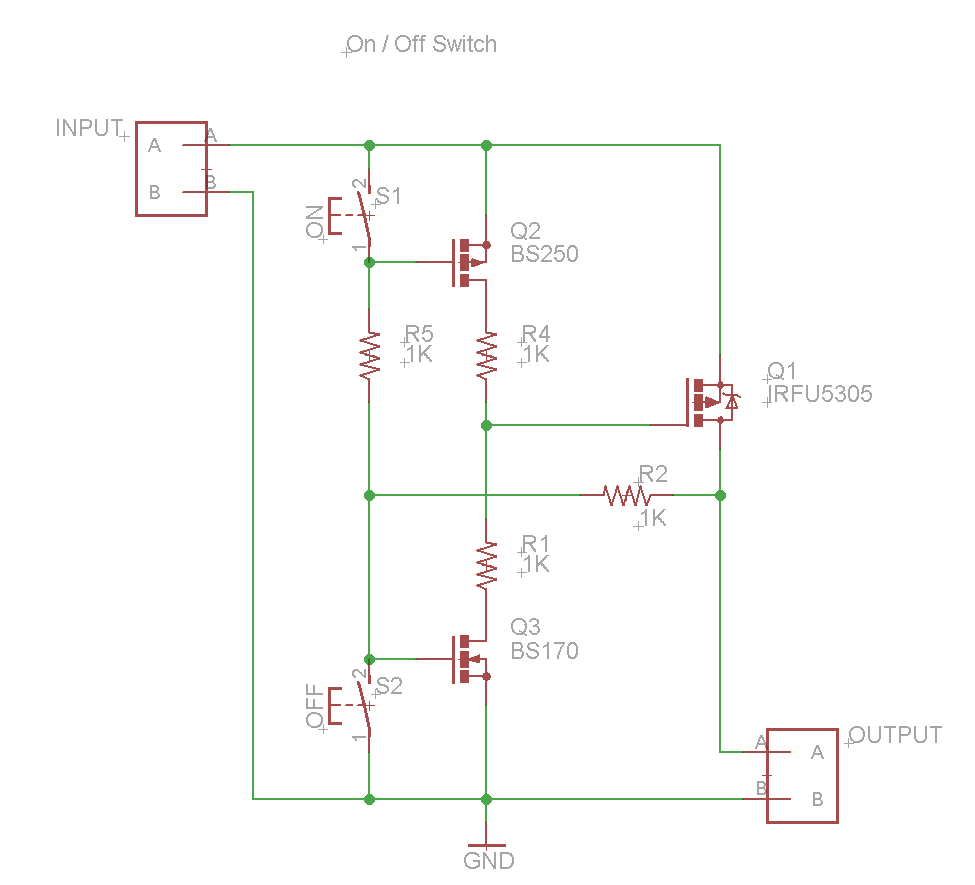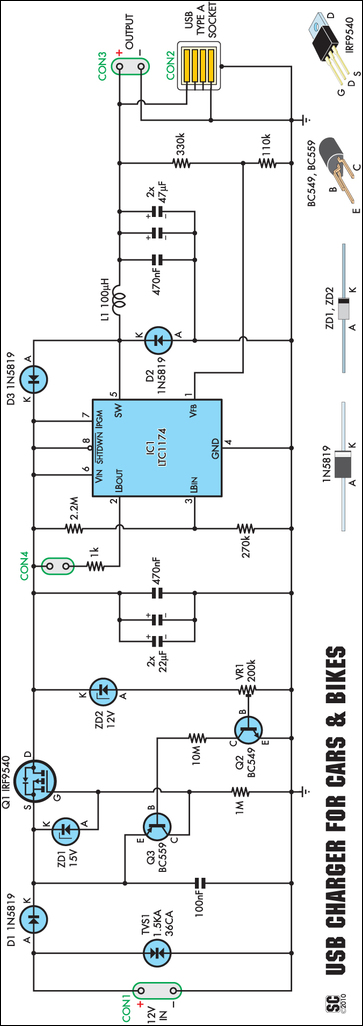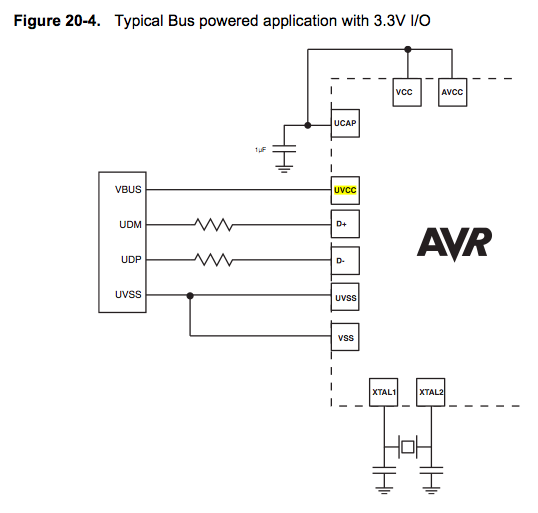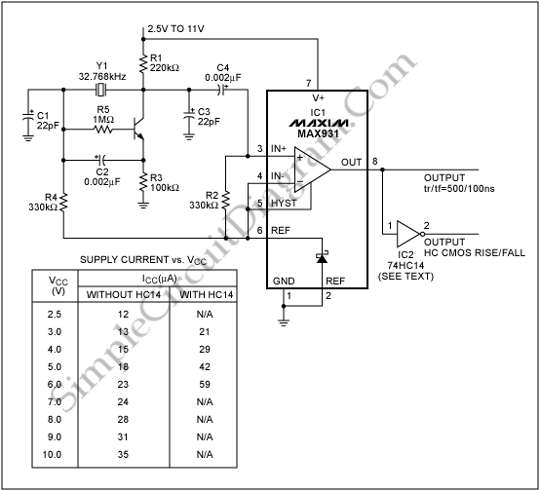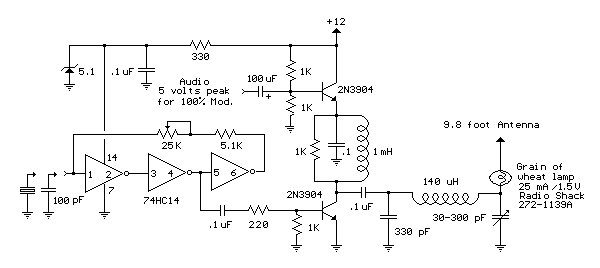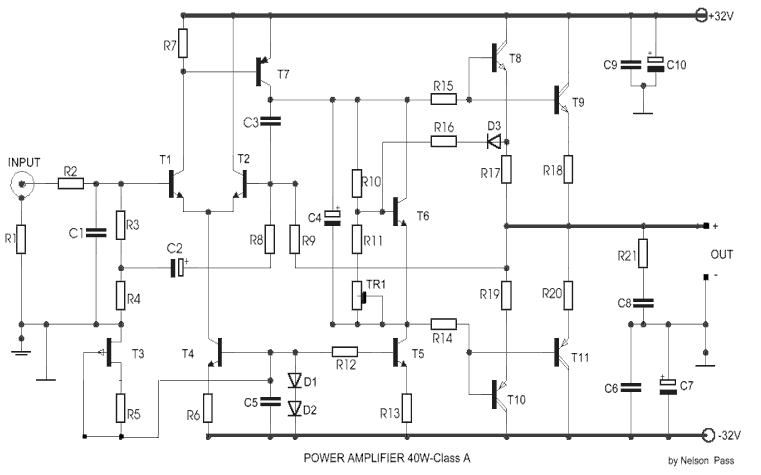
3V to 24V Variable Power Supply
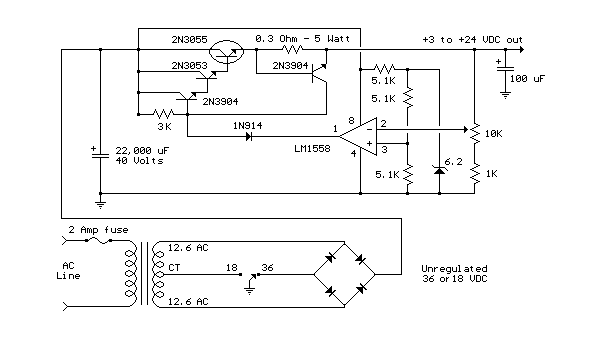
This variable-regulated power supply operates within a voltage range of 3V to 24V, adjustable from 3V to 25V, and is limited to a maximum current of 2A. The current limit can be increased to 3A or more by selecting a lower value for the current sense resistor (0.3 ohm). The transistors 2N3055 and 2N3053 should be mounted on appropriate heat sinks, and the current sense resistor must be rated for 3 watts or higher. Voltage regulation is managed by half of a 1558 or 1458 operational amplifier (op-amp). While the 1458 can be used as a substitute, it is advisable to limit the supply voltage to pin 8 to 30V DC, which can be achieved by adding a 6.2V zener diode or a 5.1k ohm resistor in series with pin 8. The maximum DC supply voltage for the 1458 is 36V, while for the 1558, it is 44V. The power transformer must provide the required current while ensuring an input voltage at least 4 volts higher than the desired output, without exceeding the maximum supply voltage of the op-amp under minimal load conditions. The specified power transformer is a center-tapped 25.2V AC / 2A unit, capable of delivering regulated outputs of 24V at 0.7A, 15V at 2A, or 6V at 3A. The 3A output is achieved using the center tap of the transformer with the switch set to the 18V position. Most components are available at Radio Shack, except for the 1558 op-amp.
This circuit provides a versatile power supply solution suitable for various electronic applications. The adjustable output voltage allows for flexibility in powering different devices, while the current limiting feature ensures protection against overload conditions. The choice of transistors, 2N3055 and 2N3053, is critical for handling the output current efficiently, and the use of adequate heat sinks is necessary to dissipate heat generated during operation, particularly when operating at higher currents.
The operational amplifier plays a vital role in maintaining voltage regulation. The 1558 or 1458 op-amp is configured in a feedback loop that monitors the output voltage and adjusts the transistor's base drive accordingly to maintain a stable output. The inclusion of a current sense resistor allows for monitoring the output current, and its value can be adjusted to set the desired current limit.
The power transformer is selected based on the required output voltage and current ratings. The center-tapped configuration enables multiple output voltages, providing versatility in application. The transformer must have a voltage rating that accommodates the output needs while maintaining a sufficient margin above the maximum output to ensure proper regulation.
In summary, this power supply circuit combines adjustable voltage output, current limiting, and effective thermal management, making it suitable for a range of electronic projects. Proper component selection and configuration are essential for optimal performance and reliability.This 3V to 24 volt variable-regulated power supply can be adjusted from 3 to 25 volts and is current limited to 2 amps as shown, but may be increased to 3 amps or more by selecting a smaller current sense resistor (0. 3 ohm). The 2N3055 and 2N3053 transistors should be mounted on suitable heat sinks and the current sense resistor should be rated at
3 watts or more. Voltage regulation is controlled by 1/2 of a 1558 or 1458 op-amp. The 1458 may be substituted in the circuit below, but it is recommended the supply voltage to pin 8 be limited to 30 VDC, which can be accomplished by adding a 6. 2 volt zener or 5. 1 K resistor in series with pin 8. The maximum DC supply voltage for the 1458 and 1558 is 36 and 44 respectively. The power transformer should be capable of the desired current while maintaining an input voltage at least 4 volts higher than the desired output, but not exceeding the maximum supply voltage of the op-amp under minimal load conditions.
The power transformer shown is a center tapped 25. 2 volt AC / 2 amp unit that will provide regulated outputs of 24 volts at 0. 7 amps, 15 volts at 2 amps, or 6 volts at 3 amps. The 3 amp output is obtained using the center tap of the transformer with the switch in the 18 volt position. All components should be available at Radio Shack with the exception of the 1558 op-amp. 🔗 External reference
This circuit provides a versatile power supply solution suitable for various electronic applications. The adjustable output voltage allows for flexibility in powering different devices, while the current limiting feature ensures protection against overload conditions. The choice of transistors, 2N3055 and 2N3053, is critical for handling the output current efficiently, and the use of adequate heat sinks is necessary to dissipate heat generated during operation, particularly when operating at higher currents.
The operational amplifier plays a vital role in maintaining voltage regulation. The 1558 or 1458 op-amp is configured in a feedback loop that monitors the output voltage and adjusts the transistor's base drive accordingly to maintain a stable output. The inclusion of a current sense resistor allows for monitoring the output current, and its value can be adjusted to set the desired current limit.
The power transformer is selected based on the required output voltage and current ratings. The center-tapped configuration enables multiple output voltages, providing versatility in application. The transformer must have a voltage rating that accommodates the output needs while maintaining a sufficient margin above the maximum output to ensure proper regulation.
In summary, this power supply circuit combines adjustable voltage output, current limiting, and effective thermal management, making it suitable for a range of electronic projects. Proper component selection and configuration are essential for optimal performance and reliability.This 3V to 24 volt variable-regulated power supply can be adjusted from 3 to 25 volts and is current limited to 2 amps as shown, but may be increased to 3 amps or more by selecting a smaller current sense resistor (0. 3 ohm). The 2N3055 and 2N3053 transistors should be mounted on suitable heat sinks and the current sense resistor should be rated at
3 watts or more. Voltage regulation is controlled by 1/2 of a 1558 or 1458 op-amp. The 1458 may be substituted in the circuit below, but it is recommended the supply voltage to pin 8 be limited to 30 VDC, which can be accomplished by adding a 6. 2 volt zener or 5. 1 K resistor in series with pin 8. The maximum DC supply voltage for the 1458 and 1558 is 36 and 44 respectively. The power transformer should be capable of the desired current while maintaining an input voltage at least 4 volts higher than the desired output, but not exceeding the maximum supply voltage of the op-amp under minimal load conditions.
The power transformer shown is a center tapped 25. 2 volt AC / 2 amp unit that will provide regulated outputs of 24 volts at 0. 7 amps, 15 volts at 2 amps, or 6 volts at 3 amps. The 3 amp output is obtained using the center tap of the transformer with the switch in the 18 volt position. All components should be available at Radio Shack with the exception of the 1558 op-amp. 🔗 External reference
